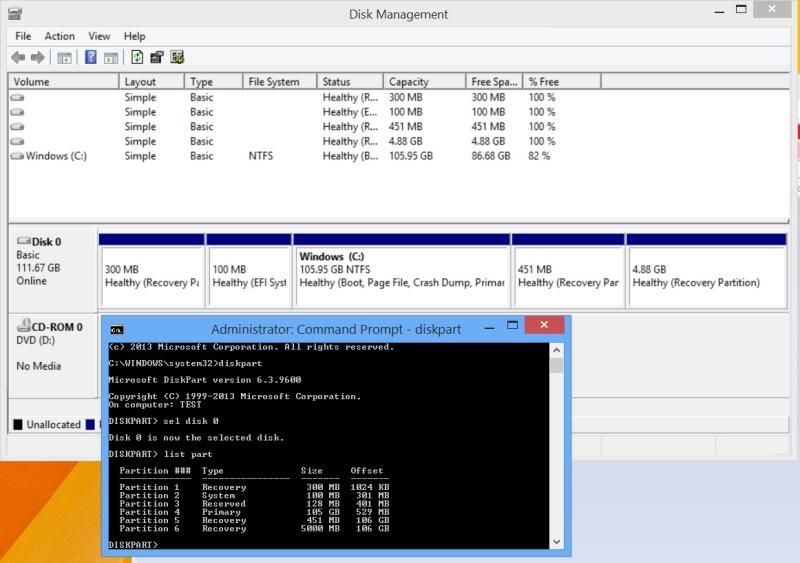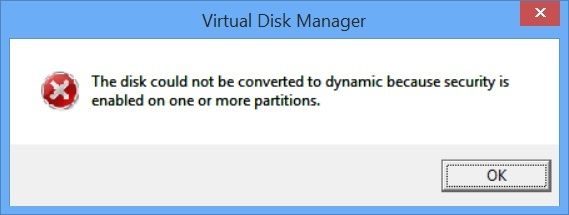I posted this question in answers.Microsoft.com and it was recommended that it be posted here instead. If this is posted in the wrong category could you please move it to the appropriate category. The one reply I received said that I cannot convert to a dynamic disk without losing everything that is on that disk but just finished reading an article on MS website saying that the current partitions would be converted to simple volumes on the new dynamic disk and would still be bootable so would appreciate clarification or confirmation. The issues of concern are those listed below and the primary one is whether the conversion will keep all of my info including the recovery partition (or equivalent volume on the dynamic disk), OS and still be bootable as mentioned below
According to Intel my laptop has RAID capability built into the chipset but it would seem Samsung has disabled it as there is no settings in the BIOS. In doing some reading it would appear there is a software RAID built into Windows 8.1, or at least driver
mirroring which is what I want. It is also my understanding that you have to have the drive as a dynamic drive and mine is currently basic, so need to know;
1. Does the drive have to be changed to dynamic in order to use mirroring?
2. Can I convert my bootable drive with the OS and all of my data to dynamic without any data loss, and will it retain the recovery partition that has been provided for recovery purposes?
3 Is there any downside to having the disk as a dynamic instead of a basic, and if not why are all disks simply not dynamic to start with?
4. Is using this type of mirroring the same as a hardware RAID 1 where if one drive fails the other can be used without any interruption and will be bootable?
One other thing, is the program to check your computer for compatibility with Windows 8 still available? I did a search and everything I found said it was no longer available. I purchased Windows 8 when first released with the $39.95 special price and have
an older Vista laptop I would like to use it on if it is compatible but can't find the program to run that checks for compatibility. Also would I be able to upgrade from Vista to 8 and maintain my data or programs or would I have to do a complete fresh install?
Thank you.
- Edited by jackdup Saturday, January 03, 2015 5:26 PM




